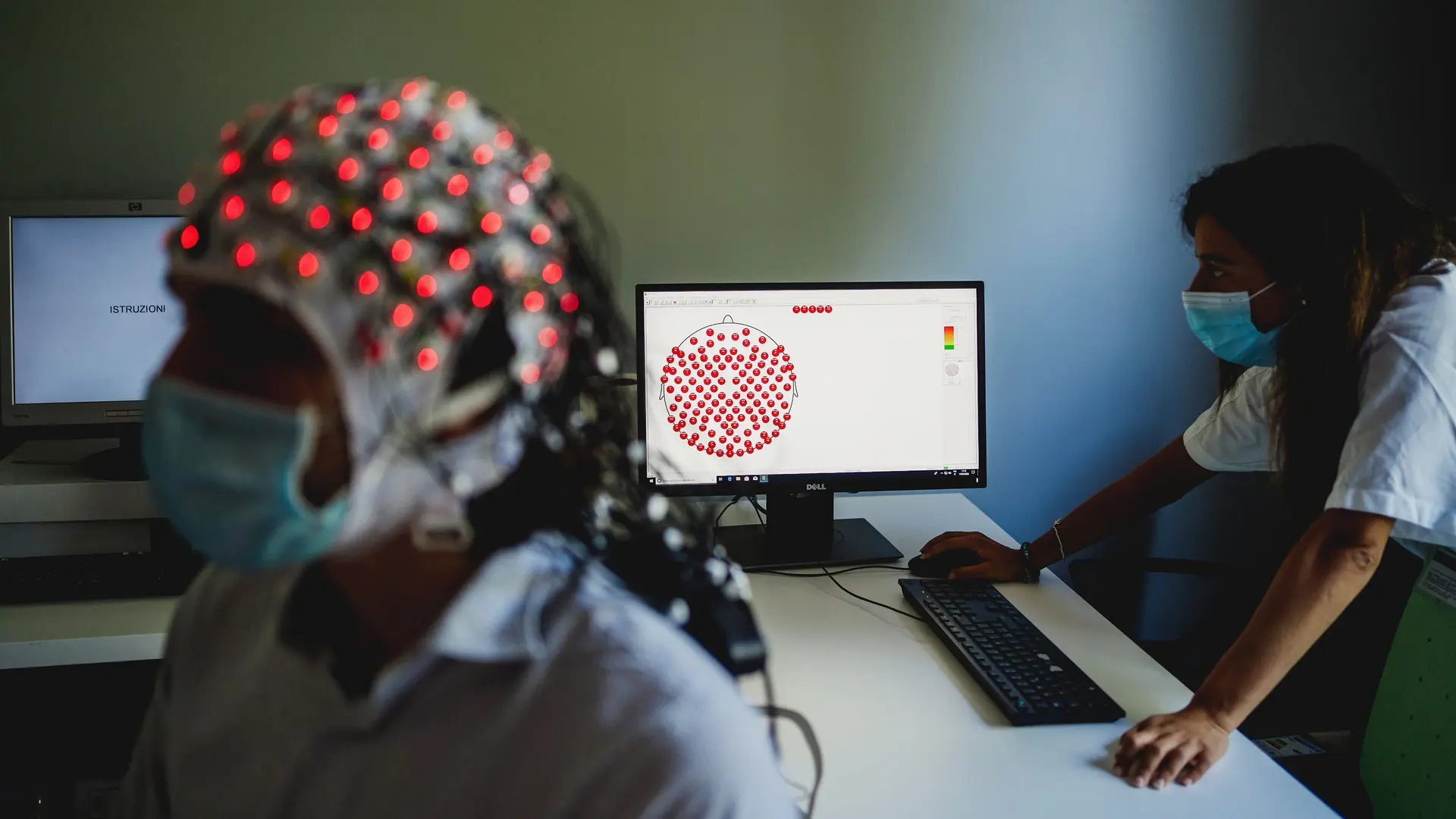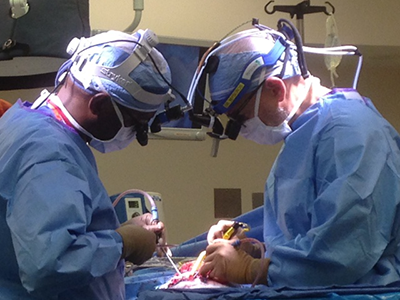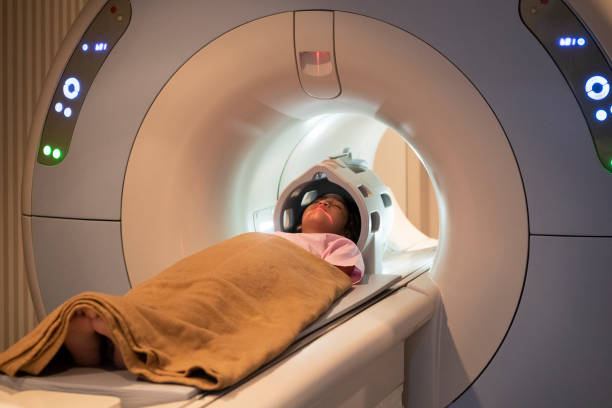Spastic Cerebral Palsy
The most common type of CP is spastic CP. Spastic CP affects about 80% of people with CP. People with spastic CP have increased muscle tone. This means their muscles are stiff and, as a result, their movements can be awkward. Spastic CP usually is described by what parts of the body are affected.
Spastic diplegia/diparesis
In this type of CP, muscle stiffness is mainly in the legs, with the arms less affected or not affected at all. People with spastic diplegia might have difficulty walking because tight hip and leg muscles cause their legs to pull together, turn inward, and cross at the knees (also known as scissoring).
Spastic hemiplegia/hemiparesis
This type of CP affects only one side of a person’s body; usually the arm is more affected than the leg.
Spastic quadriplegia/quadriparesis
Spastic quadriplegia is the most severe form of spastic CP and affects all four limbs, the trunk, and the face. People with spastic quadriparesis usually cannot walk and often have other developmental disabilities such as intellectual disability; seizures; or problems with vision, hearing, or speech.
Dyskinetic Cerebral Palsy
People with dyskinetic CP have problems controlling the movement of their hands, arms, feet, and legs, making it difficult to sit and walk. The movements are uncontrollable and can be slow and writhing or rapid and jerky. Sometimes the face and tongue are affected and the person has a hard time sucking, swallowing, and talking.
Ataxic Cerebral Palsy
People with ataxic CP have problems with balance and coordination. They might be unsteady when they walk. They might have a hard time with quick movements or movements that need a lot of control, like writing. They might have a hard time controlling their hands or arms when they reach for something.









